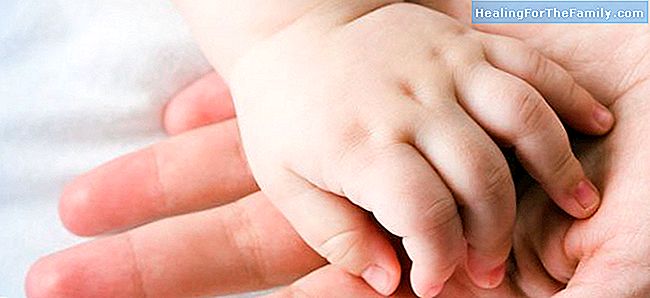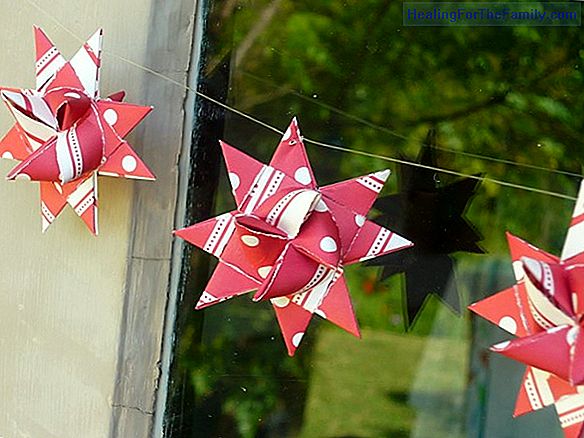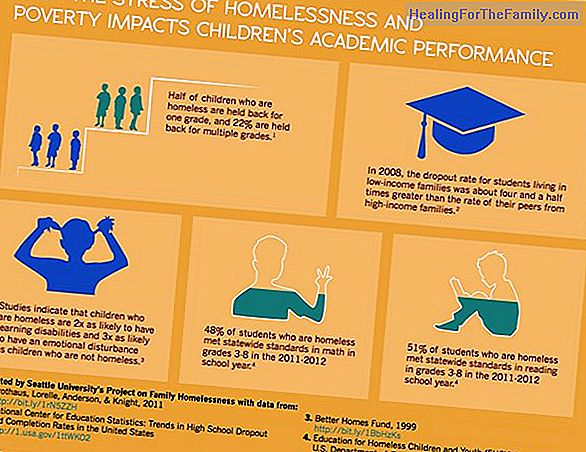The hands of babies. Progress from 0 to 24 months
The hands of babies undergo a great transformation during their development phase. From the first reflex of grasping that occurs at birth until the precision of fine motor skills, the control of the hands of babies goes through different phases of development. In addition, the discovery of the hands
The hands of babies undergo a great transformation during their development phase. From the first reflex of grasping that occurs at birth until the precision of fine motor skills, the control of the hands of babies goes through different phases of development. In addition, the discovery of the hands is a great find for the baby with whom they play until they understand that they are part of their body.
Progressos from babies' hands

Newborns can not make precise movements with their hands, in reality, they make few movements apart from the palmar grasp reflex. However, in a short time the baby will be able to grab and release objects that will attract attention. Then reach the objects in order to take them to the mouth to explore them. Later, the fingers can perform more complex movements than the previous ones and thus begin to move their hands to use them for an end and with grace.
The fingerprints of the baby appear between the third and fifth month of pregnancy. They are unique and always remain identical. The fingers and hands will grow, but these patterns do not change in all of life.
The baby's hands during the first year of life
- During the first weeks of life el, the baby keeps his hands closed most of the time. It is later, from the sixth week of life, when you try to pull one hand using the other. At eight weeks of age, the baby tries to open and close his fingers.-
At twelve weeks of age , the babycontrols movements with the hands better and tries to hit any nearby object. Play more with them by exploring them and investigating how they work. At fifteen weeks, try to reach the objects with both hands. The movements are still clumsy, with lack of precision because he uses the whole hand instead of just the fingers. At twenty weeks, your palms grasp is stronger and more efficient. Try to reach objects and bring them to your mouth to investigate them with your lips and tongue. -
With seven months , the movements of the hands are precise enough to start playing with blocks. You can alsograb objects, move them from one side to another and drop them whenever you want. With eight months he extends his hand in an attempt to feed himself, and when he is given a drink, he is able to hold the bottle with his hands and keep it in that position, although it does not always work out well. -
After nine months , your skills progress by leaps and bounds. In this phase, the baby has discovered the fun of clapping, and the first sign of moving a single finger appears, usually pointing with the index finger. Over ten months the baby begins to use the fingers separately, it is a big step that involves using the thumb and forefinger to catch and hold small objects with precision, making themovement of clamp .The hands of babies from 12 to 24 months
With twelve months, the baby is able to turn the pages of a book, grasp objects firmly, use the fingers making the clamp, stack toys and throw them, and feed themselves with a spoon. Towards twenty-four months all these manual capacities are perfected, and every week shows a more precise control.












